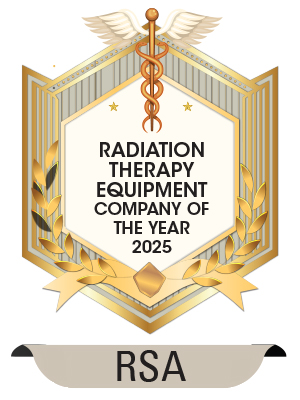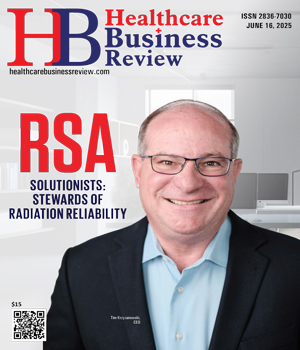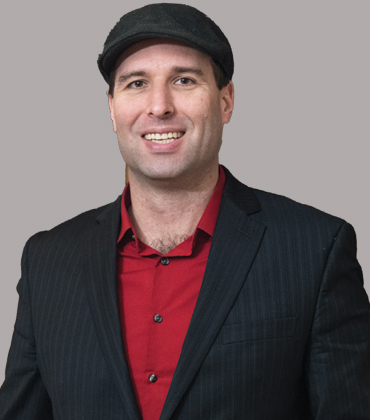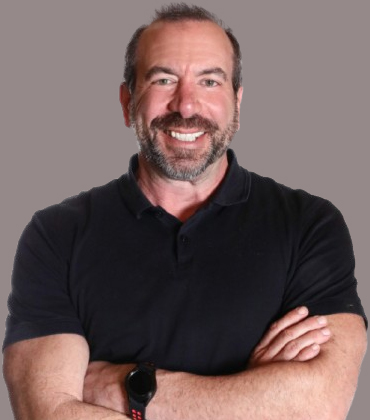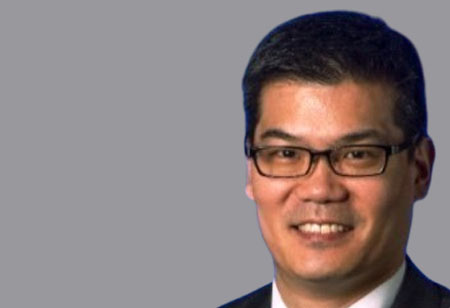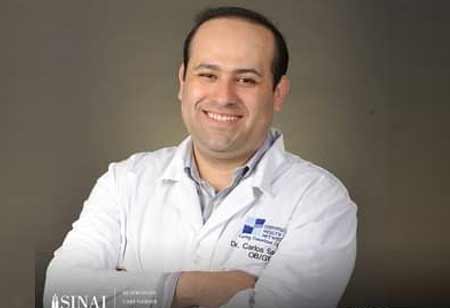Thank you for Subscribing to Healthcare Business Review Weekly Brief
A soft hum fills the treatment room as the linear accelerator (LINAC) is powered up for another day of life-saving treatments. The oncology team at the hospital prepares for a full day of patients, each relying on precisely calibrated radiation therapy equipment. Behind the scenes, an equally vital team has already ensured the day will go smoothly. RSA is the healthcare service, parts and maintenance professionals who service LINACs, which are critical equipment in radiation therapy. RSA’s Solutionists proactively service radiation oncology equipment. Issues are identified and resolved through regular preventive maintenance and thorough inspections. The Solutionists of RSA are always on and dedicated 24/7/365 to maximizing machine uptime. They tirelessly service the machines, often late at night through to the early morning hours, to ensure every machine is up and running by the time the first patient walks in for treatment. They operate at a higher calling because they are extremely patient-focused. RSA’s team of Solutionists have immediate access to essential parts and are highly skilled and cross-trained across the major LINAC brands to ensure that this critical radiation oncology equipment performs reliably. By the time the LINAC hums to life each morning, potential risks have already been eliminated. This quiet, behind-the-scenes commitment defines RSA. It’s not just about servicing machines—it’s about preventing problems before they occur. It’s about being prepared and proactive so hospitals can focus on what truly matters; delivering uninterrupted, life-saving treatment. The RSA Edge: Service Beyond The Standard “While most original equipment manufacturers (OEMs) operate with large service territories with high engineer-to-machine ratios, we prioritize responsiveness and personalized attention,” says Tim Krzyzanowski, CEO. With an average of only five machines per field service engineer, RSA provides in-depth, focused support to every facility it serves.
Top Patient-Centered Marketing Services in Indiana 2025
An old adage in marketing is to stop talking about yourself and start talking about what interests your customers. This is as true for communications with patients in healthcare as it is for other businesses. The plethora of healthcare solutions today is often overwhelming and confusing for patients. Should they go to the hospital, their PCP, a private clinic, or a franchised location? With so many providers in every city offering the same services, why choose one over the other? Marketing is more than bringing patients into your program or facility; it needs to be core to one’s mission as a healthcare provider. Marketing’s job is to help patients navigate the complex world of healthcare so they can find the right treatment for them. Too often, healthcare providers fall into the trap of talking about themselves or promoting vanilla solutions. “Do you have a health issue? Well, we have got treatment for that!” That’s like your core marketing message being, “Are you hungry? We serve food!” Not only is this not a compelling message, but it also does not educate, inform, or help potential patients navigate the healthcare space— much less understand why they should choose your organization over the 30 other providers in the community that meet the exact needs. Speaking with Nick Jaworski, CEO of Circle Social Inc. and who’s a recent recipient of the Patient-Centered Marketing Award in Indiana, he states, “Too much marketing in healthcare is bland, uninspired, and, frankly, not overly helpful to the patient or family. Our most successful campaigns are the result of deep collaboration with our clients. We analyze the competitive environment and then center campaigns around the core differentiators that help our clients stand out from the sea of sameness often evident in competitor campaigns. Designing marketing campaigns that put patient education and support first results in the patients growing to trust our client more than competitors, ultimately choosing them for their care.”
Hormone Therapy Company of the Year 2025
Small signs of aging often lead to a bigger question: Is decline inevitable? For many, the signs of aging appear subtly; a little less energy, a few extra pounds. Over time, it can feel like this is just how life is. But what if it doesn’t have to be? Excel Medical, the first telemedicine hormone replacement therapy (HRT) clinic in America, has spent nearly two decades forging a better way forward. Drawing on unmatched experience, it developed advanced, patient-focused protocols that prioritize personalized care and optimize treatment outcomes. Trusted by thousands across all 50 states, it leads with innovation, clinical expertise and a steadfast commitment to helping every patient feel their best. “Our passion has always been in the hormone replacement space, an area we know inside out,” says Craig Larsen, CEO. Larsen’s entrepreneurial foresight was crucial in transforming an early brick-and-mortar clinic into a category-defining national leader. Recognizing the untapped potential of telemedicine in hormone health, he pioneered its integration long before it became an industry standard. This long-term vision continues to shape Excel Medical’s evolution. Every treatment is grounded in science and tailored to the individual, from male vitality to female hormone balance. It offers personalized solutions for men experiencing age-related hormonal decline, women navigating perimenopause and beyond and younger women dealing with imbalances like PCOS or thyroid issues. The clinic’s programs are designed to restore balance, improve daily function and help patients feel like themselves again, often better. The foundation of this approach is rigorous science. Excel Medical’s programs are developed with unmatched depth and precision under the expert guidance of Medical Director Dr. Peter Fotinos, who brings over 50 years of clinical and research experience. His expertise ensures that every treatment plan is evidence-based and clinically sound, delivering targeted, effective care for individuals.
CXO INSIGHTS

The Resiliency of the Nations Blood Supply
Cliff Numark, Chief of Marketing and Senior Vice President, Vitalant
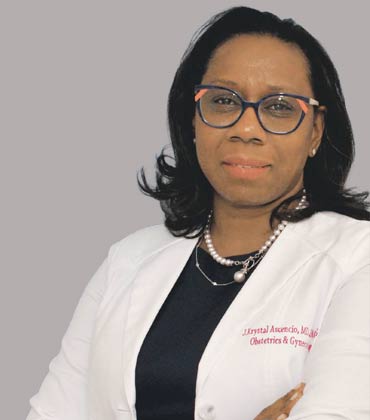
The Hidden Cardiovascular Threat Post-Pregnancy: A Call for Comprehensive Care
J. Krystal Ascencio, Acting Chairperson Department Obstetrics and Gynecology, Jamaica Hospital
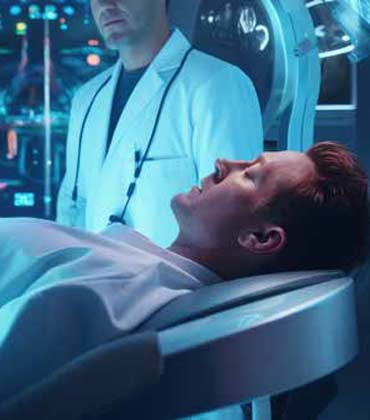
Too Many Scans Do More Harm Than Good
Madison Haberl R.T(R), Director of Radiology, St. Anthony Regional Hospital
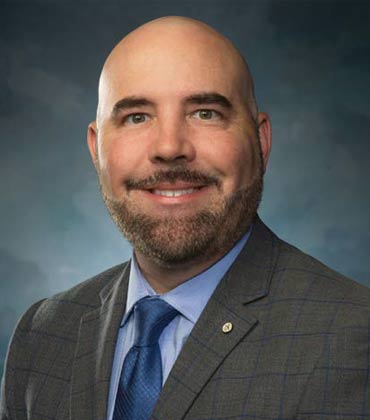
Challenges, Trends, and Strategies in Modern Healthcare - Light Therapy
Ryan Garland MHA BS RT(R), AVP- South Region Radiology & Respiratory, Endeavor Health

Advancing Patient Engagement Through Digital Strategy
Irina McNeill, Regional Director of Digital Marketing, CommonSpirit Health’s Mountain Region
IN FOCUS
EDITORIAL
Driving Innovation in Oncology
Recent advances in radiation therapy and hormone treatment are reshaping oncology, while patientcentered marketing strategies have become key to engaging patients in a more meaningful way. Together, these elements reflect a broader transformation in cancer care that extends beyond clinical innovation. Several trends are driving this expansion: the integration of artificial intelligence in treatment planning advances in biomarkerdriven hormone therapies, and a growing emphasis on personalized communication strategies that align with patient preferences. These forces are shaping a more responsive and efficient cancer care ecosystem, positioning the industry for continued growth in the years ahead. This edition of Healthcare Business Review brings recent developments in technologies, therapies and service models redefining oncology. It features thought leadership articles from industry experts, including J. Krystal Ascencio, acting chairperson department obstetrics and gynecology at Jamaica Hospital, who explores the critical and often-overlooked link between pregnancy complications and long-term cardiovascular disease (CVD) risk in women. Madison Haberl R.T(R), director of Radiology at St. Anthony Regional Hospital, explores the overuse of medical imaging in healthcare and the urgent need for more responsible, patient-centered imaging practices. We hope this edition helps you build the partnerships and strategies your organization needs to deliver high-value, patientfocused oncology care now and into the future.


